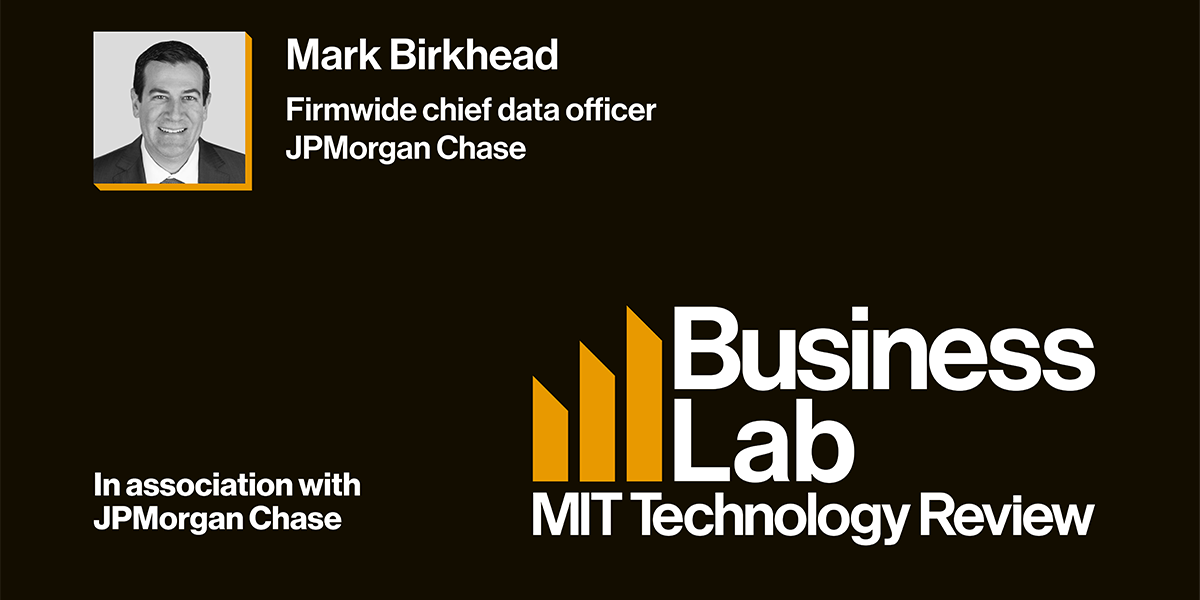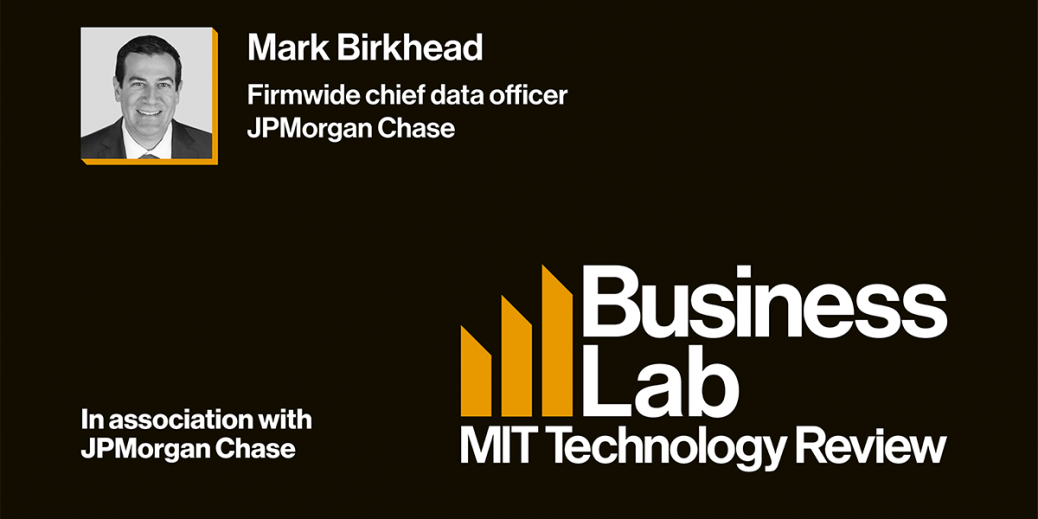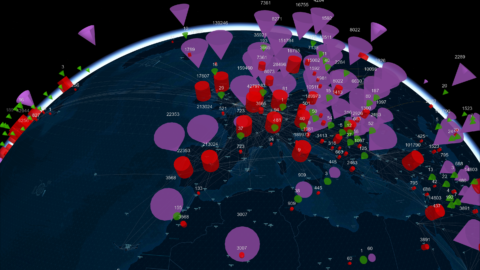
Mark: That’s a great question. And first, I would say across JPMorgan Chase, we do view this as an investment. And every time I talk to a senior leader about the work we do, I never speak of expenses. It is always investment. And I do firmly believe that. At the end of the day, what we’re trying to do is build an analytic factory that can deliver AI/ML at scale. And that type of a factory requires a really sound strategy, efficient platforms and compute, solid governance and controls, and incredible talent. And for an organization of any scale, this is a long-term investment, and it’s not for the faint of heart. You really have to have conviction to do this and to do this well. Deploying this at scale can be really, really challenging. And it’s important to ensure that as we’re thinking about AI/ML, it’s done with controls and governance in place.
We’re a bank. We have a responsibility to protect our customers and clients. We have a lot of financial data and we have an obligation to the countries that we serve in terms of ensuring that the financial health of this firm remains in place. And at JPMorgan Chase, we’re always thinking about that first and foremost, and about what we actually invest in and what we don’t, the types of things we want to do and the things that we won’t do. But at the end of the day, we have to ensure that we understand what’s going on with these technologies and tools and the explainability to our regulators and to ourselves is really, really high. And that really is the bar for us. Do we truly understand what’s behind the logic, what’s behind the decision-ing, and are we comfortable with that? And if we don’t have that comfort, then we don’t move forward.
We never release a solution until we know it’s sound, it’s good, and we understand what’s going on. In terms of government relations, we have a large focus on this, and we have a large footprint across the globe. And at JPMorgan Chase, we really are focused on engaging with policymakers to understand their concerns as well as to share our concerns. And I think largely we’re united in the fact that we think this technology can be harnessed for good. We want it to work for good. We want to make sure it stays in the hands of good actors, and it doesn’t get used for harm for our clients or our customers or anything else. And it’s a place where I think business and policymakers need to come together and really have one solid voice in terms of the path forward because I think we’re highly, highly aligned.
Laurel: You did touch on this a bit, but enterprises are relying on data to do so many things like improving decision-making and optimizing operations as well as driving business growth. But what does it mean to operationalize data and what opportunities could enterprises find through this process?
Mark: I mentioned earlier that one of the hardest parts of the CDAO job is actually understanding and trying to determine what the priorities should be, what types of activities to go after, what types of data problems, big or small or otherwise. I would say with that, equally as difficult, is trying to operationalize this. And I think one of the biggest things that have been overlooked for so long is that data itself, it’s always been critical. It’s in our models. We all know about it. Everyone talks about data every minute of every day. However, data has been oftentimes, I think, thought of as exhaust from some product, from some process, from some application, from a feature, from an app, and enough time has not been spent actually ensuring that that data is considered an asset, that that data is of high quality, that it’s fully understood by humans and machines.
And I think it’s just now becoming even more clear that as you get into a world of generative AI, where you have machines trying to do more and more, it’s really critical that it understands the data. And if our humans have a difficult time making it through our data estate, what do you think a machine is going to do? And we have a big focus on our data strategy and ensuring that data strategy means that humans and machines can equally understand our data. And because of that, operationalizing our data has become a big focus, not only of JPMorgan Chase, but certainly in the Chase business itself.
We’ve been on this multi-year journey to actually improve the health of our data, make sure our users have the right types of tools and technologies, and to do it in a safe and highly governed way. And a lot of focus on data modernization, which means transforming the way we publish and consume data. The ontologies behind that are really important. Cloud migration, making sure that our users are in the public cloud, that they have the right compute with the right types of tools and capabilities. And then real-time streaming, enabling streaming, and real-time decision-ing is a really critical factor for us and requires the data ecosystem to shift in significant ways. And making that investment in the data allows us to unlock the power of real-time and streaming.
Laurel: And speaking of data modernization, many organizations have turned to cloud-based architectures, tools, and processes in that data modernization and digital transformation journey. What has JPMorgan Chase’s road to cloud migration for data and analytics looked like, and what best practices would you recommend to large enterprises undergoing cloud transformations?









Recent Comments